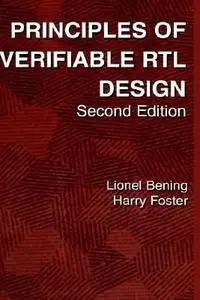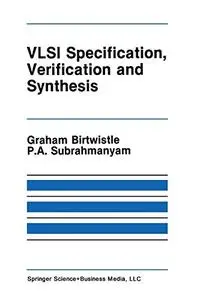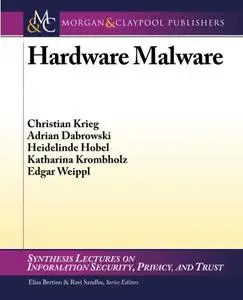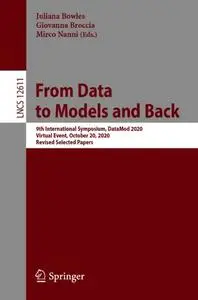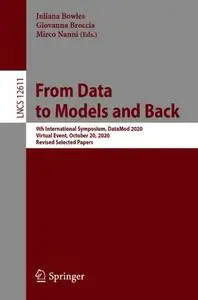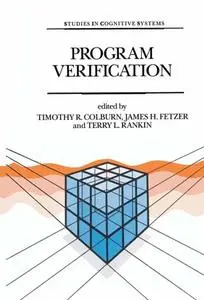Principles of Verifiable RTL Design: A functional coding style supporting verification processes in Verilog by Lionel Bening , Harry Foster
English | PDF | 2001 | 297 Pages | ISBN : 0792373685 | 6.4 MB
System designers, computer scientists and engineers have c- tinuously invented and employed notations for modeling, speci- ing, simulating, documenting, communicating, teaching, verifying and controlling the designs of digital systems. Initially these s- tems were represented via electronic and fabrication details. F- lowing C. E. Shannon’s revelation of 1948, logic diagrams and Boolean equations were used to represent digital systems in a fa- ion that de-emphasized electronic and fabrication detail while revealing logical behavior. A small number of circuits were made available to remove the abstraction of these representations when it was desirable to do so. As system complexity grew, block diagrams, timing charts, sequence charts, and other graphic and symbolic notations were found to be useful in summarizing the gross features of a system and describing how it operated. In addition, it always seemed necessary or appropriate to augment these documents with lengthy verbal descriptions in a natural language. While each notation was, and still is, a perfectly valid means of expressing a design, lack of standardization, conciseness, and f- mal definitions interfered with communication and the understa- ing between groups of people using different notations. This problem was recognized early and formal languages began to evolve in the 1950s when I. S. Reed discovered that flip-flop input equations were equivalent to a register transfer equation, and that xvi tor-like notation. Expanding these concepts Reed developed a no- tion that became known as a Register Transfer Language (RTL).



